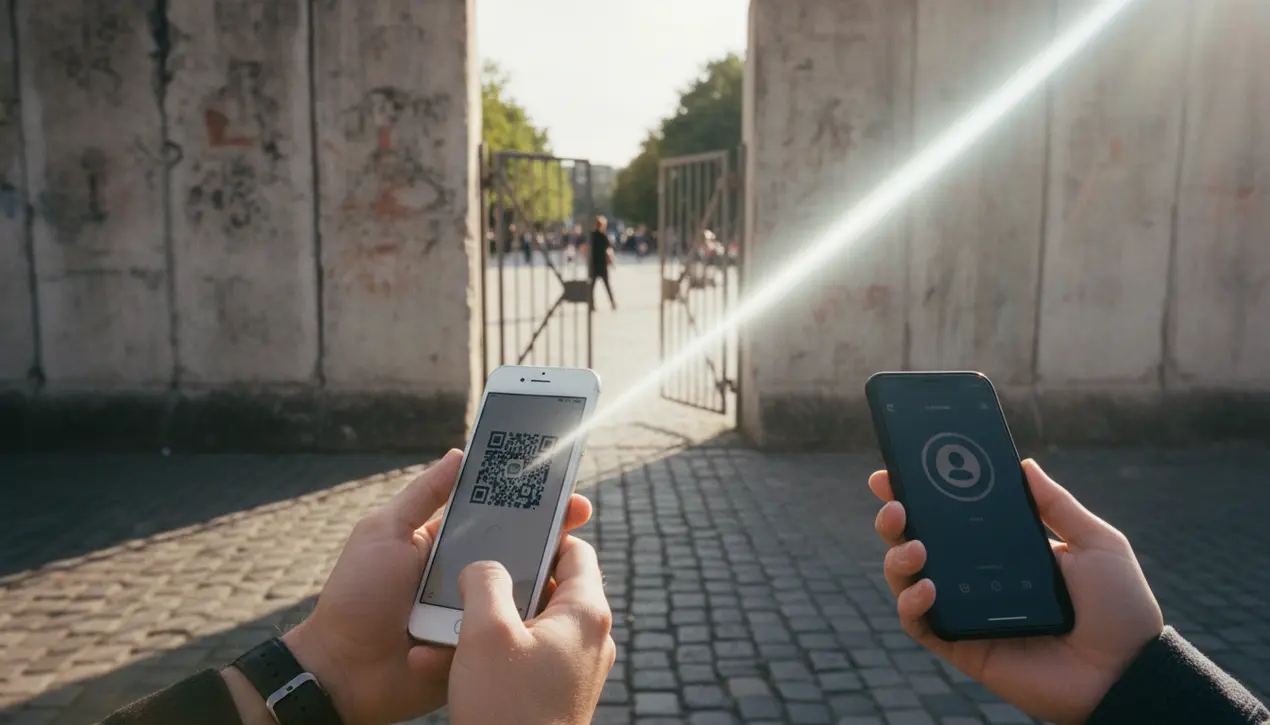
Othertransport & aviationElectric Mobility
Android Quick Share Now Compatible With Apple AirDrop
AN
Andrew Blake
2 days ago7 min read3 comments
The long-standing digital Berlin Wall separating Android and iOS users has finally developed a functional, if not entirely elegant, gate. For years, the simple act of beaming a photo or document from an Android phone to an iPhone was a clunky, multi-step ordeal reminiscent of a bygone technological era, forcing users into the inelegant fallbacks of email attachments or messaging app compromises, a process that felt archaic in an age of seamless connectivity.This fundamental incompatibility wasn't just a minor inconvenience; it was a deliberate strategic moat built by Apple, creating a powerful ecosystem lock-in where the effortless magic of AirDrop served as a glittering advertisement for staying within the walled garden. Google's various attempts to counter this, from Android Beam to Nearby Share, always felt like shouting into a void, creating a solution that only worked on one side of the divide.The new interoperability between Android's Quick Share and Apple's AirDrop, therefore, is less a minor feature update and more a significant geopolitical thaw in the smartphone cold war, a move likely pressured by looming regulatory scrutiny from the European Union's Digital Markets Act which is forcing tech giants to open their platforms. This new, cross-platform standard, which also involves Google and other companies, means that soon, a user will simply need to turn on their device's sharing menu, select the 'Everyone' option, and nearby devices across the Android-iPhone divide will appear as available targets.It's a win for basic user convenience, stripping away a layer of friction that never needed to exist. However, it's crucial to view this development not as a sudden burst of corporate altruism but as a strategic adaptation.Apple, while opening its doors to inbound Android files, has notably kept its own branding; the feature will appear as a QR code-based file transfer system to iPhone users, a clear move to preserve its brand identity and avoid directly promoting a competitor's service. The underlying technology, while a step forward, may not initially match the buttery-smooth, proprietary integration of a native AirDrop transfer between two MacBooks.There will be questions about transfer speeds, file size limitations, and the overall user experience that only widespread real-world testing will answer. Yet, the symbolic importance is immense.It signals a slow but perceptible shift towards a more open digital ecosystem, where the device you own becomes less of a determinant of your ability to collaborate and share. It’s a quiet admission that consumer frustration and regulatory pressure can, eventually, chip away at even the most fortified corporate silos, paving the way for a future where our gadgets are tools for connection, not just instruments of brand loyalty.
#Android
#Apple
#Quick Share
#AirDrop
#file sharing
#interoperability
#mobile technology
#featured
Stay Informed. Act Smarter.
Get weekly highlights, major headlines, and expert insights — then put your knowledge to work in our live prediction markets.
Comments
Loading comments...
© 2025 Outpoll Service LTD. All rights reserved.